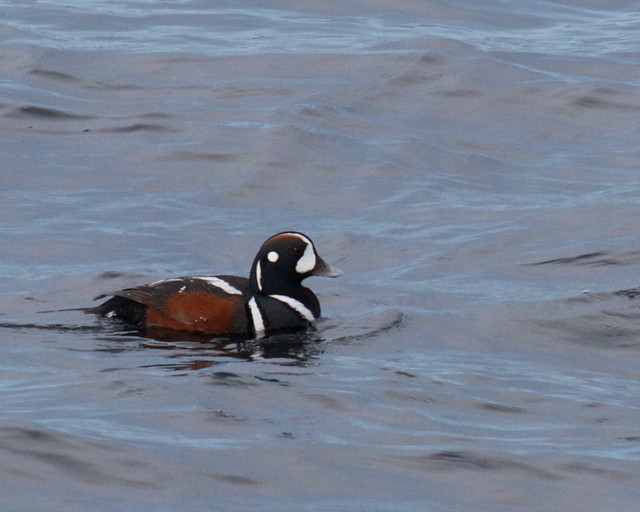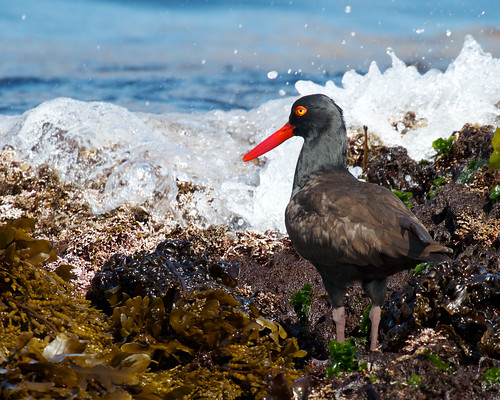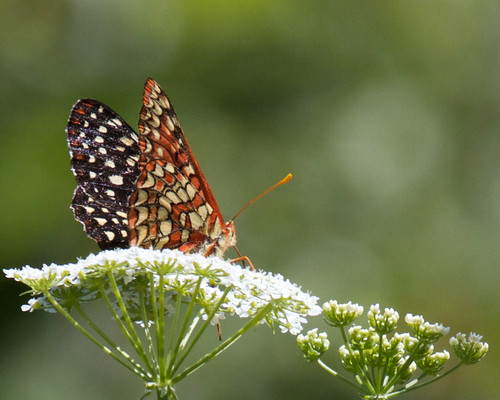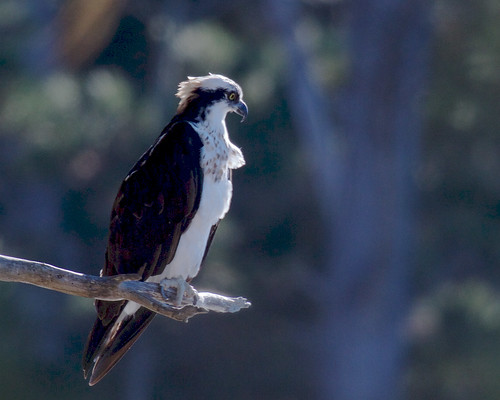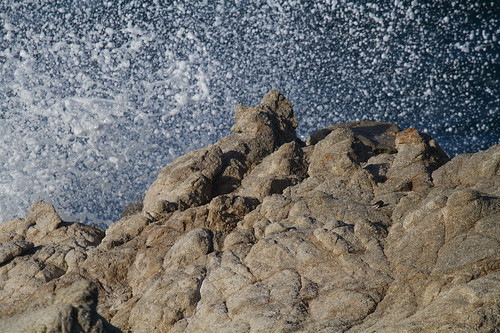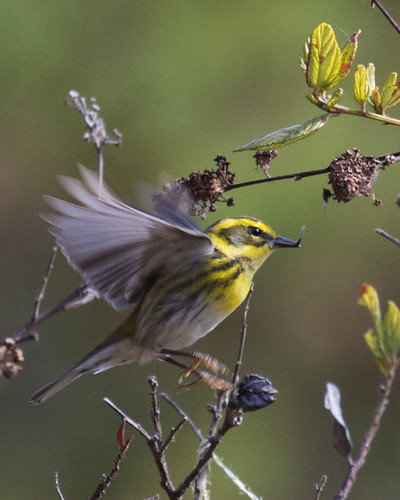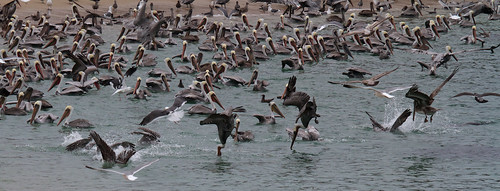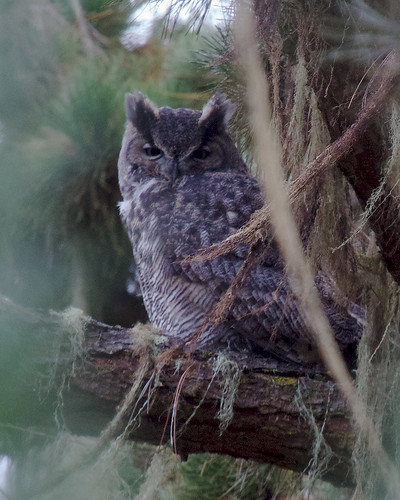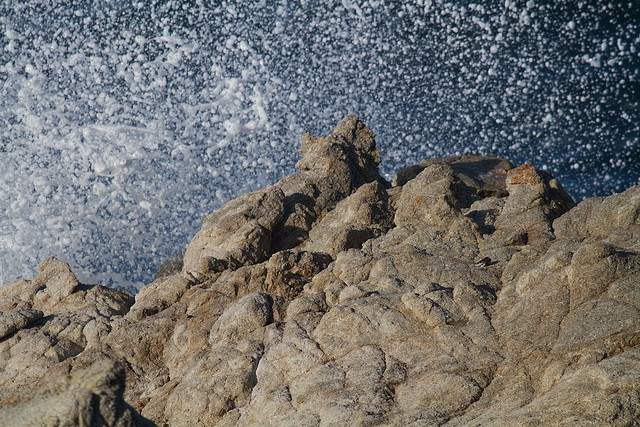Two of my photos were selected for an exhibit at the Museum of Monterey from November 15 to December 31, 2014. The photos will be raffled off on January 25, 2015 during WhaleFest 2015, with the proceeds benefiting both the Museum and WhaleFest.
The two photos are a couple of my recent favorites. The first is a harbor sea and pup in a distinctly “hallmark” moment.
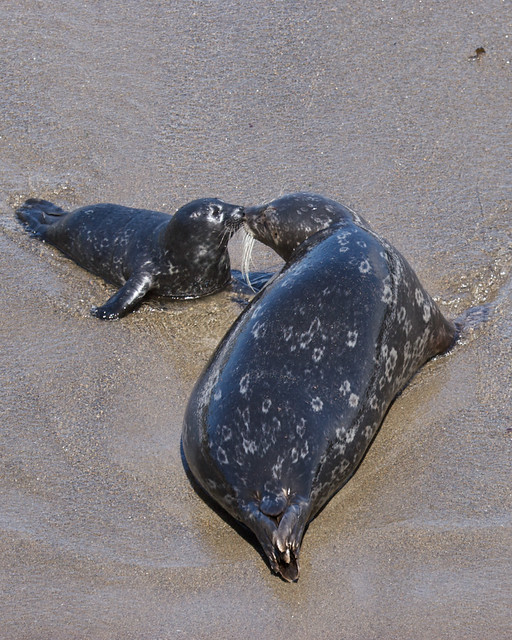
Harbor Seal and Pup, Point Lobos State Reserve – April 2010
The second photo is from last year when some anchovies got trapped at Monastery Beach. Gulls, cormorants and pelicans descended in droves. The shot has 4 pelicans at various stages of their dives.

Pelicans diving, Carmel River State Beach – October 2013
So if your in the area in from Thanksgiving through December, check out the WhaleFest exhibit.

